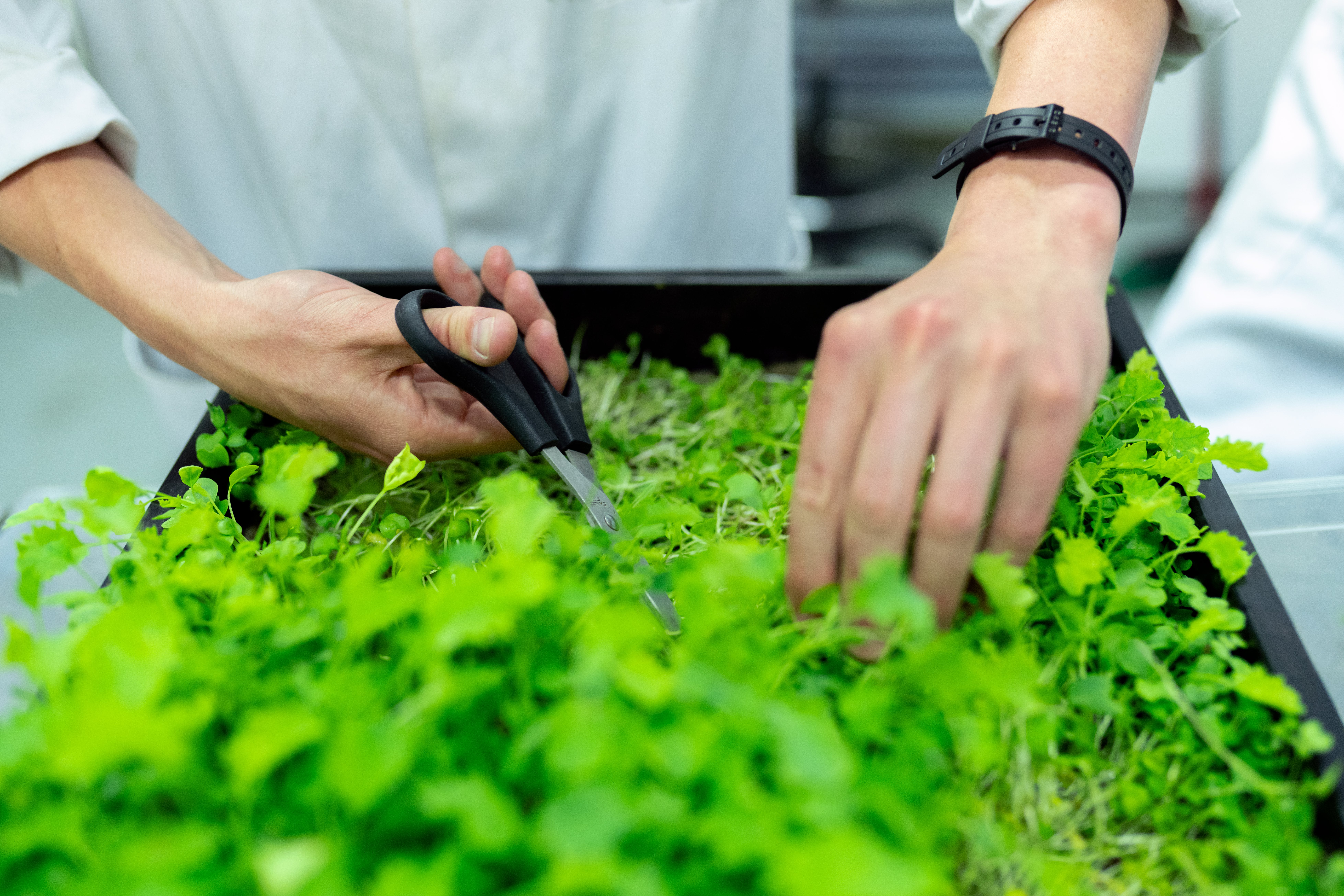Their knowledge of Ecology and Sustainability is a part of this. Raising children to be risk-takers is one technique to help them get this perspective.
A game is considered risky if it poses a significant threat or uncertainty to the player. It can involve everything from playing on slick surfaces to using sharp equipment to climbing trees. Though it may make grownups nervous, dangerous play is crucial for kids' growth and development.
When it comes to environmental and sustainability awareness, risky play can be a powerful tool. When children are allowed to take risks, they learn to appreciate the natural world and understand the importance of taking care of it. They also learn to think creatively about how to solve environmental problems.
Children who participate in risky play, for instance, are shown to be more environmentally conscious and willing to take steps to safeguard the planet than their less adventurous peers. Of course, it is important to supervise children when they are engaging in risky play. The goal is to provide them with opportunities to take risks in a safe environment.
Here are some tips for encouraging risky play in Early Years Education:
• Provide children with a variety of materials and equipment that they can use to explore and experiment. This could include things like buckets, boxes, ropes, and ladders.
• Set clear boundaries and rules for risky play. This will help children to understand the risks involved and to make safe choices.
• Be a positive role model. Show children that you are not afraid to take risks yourself.
• Be patient and understanding. It takes time for children to learn how to assess risks and manage their emotions.
How risky can a bucket be?
You might be surprised at how risky a bucket can be! A bucket can be used to climb, to slide down, to hit someone, or to hold water that can spill. It can also be used to collect things, like leaves or bugs, which can be dangerous if they are poisonous. That's why it's important to supervise children when they are playing with buckets. And it's also important to talk to them about the risks involved in using buckets. But it can be so much fun to show them the environmental magic a bucket can do. This is how we introduce our friendly lactobacillus and the practice of Bokashi composting.
The amazing relationship we have with our lactobacillus is a positive risk we have identified and are currently thriving with, as we embed the sustainable practice of Bokashi across classrooms. Bokashi is a type of Japanese fermented compost made from leftover meals. Beneficial bacteria are used to break down the food waste, which gets rid of odors and stops harmful bacteria from growing. The decomposing food scraps from the fermentation process can be added to soil or compost to provide plants with nutrients.
We have an amazing relationship with our lactobacillus in the Bokashi buckets. These tiny bacteria help us to make Bokashi tea which is used to regenerate the soil. Lactobacillus are so important to us that they have been called "the quietest factory in the world." (Olivia, K1A, 2023) That's because they do their work without making any noise or pollution!
We can learn a lot from our lactobacillus. They are a reminder that we can live in harmony with nature and that we can create things that are both challenging, unfamiliar and sustainable.
The importance of celebrating COP28 in the UAE
The UAE is hosting COP28 in 2023. This is a major opportunity for the country to showcase its commitment to climate action. We can use COP28 as a teachable moment to engage our learners in the issue of climate change. We can help them grapple with the causes and effects of climate change, and empower them to take action! We can also use COP28 to celebrate the work that is being done to address climate change. We can highlight the successes of the UAE and other countries, and we can inspire others to take action.
By embracing risk, encouraging children to ask questions, and challenging the status quo, we can help to create a generation of learners who are passionate about sustainability and environmentalism. We can also help to build a more sustainable future for the UAE and the world.
Roisin Casey | K1A Lead Teacher | Assistant Head of Early Years and Head of Sustainability | Safeguarding Officer – Clarion School


